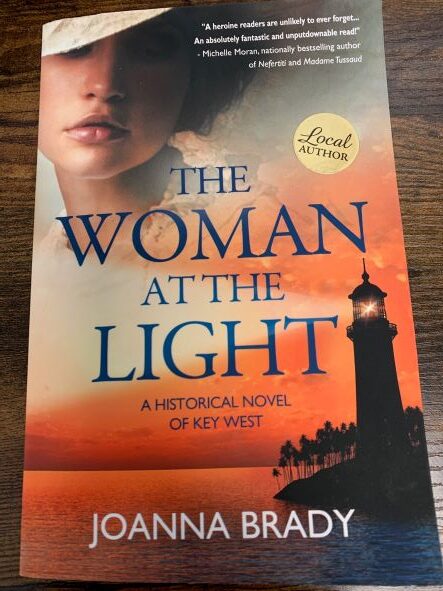Anytime I visit a historic place (and I try to visit only historic places), the local independent bookstore is a must-stop (usually right before the most local-seeming coffee and beer joints). Such establishments employ knowledgeable denizens eager to recommend books by local authors and/or about the place.
On a recent trip to Key West, I visited Key West Island Books and was rewarded with a recommendation for The Woman at the Light by Joanna Brady (St. Martin Press, 2012, 2016). Aside from proclaiming itself as “A Historical Novel of Key West,” the book’s cover sported a gold sticker approving the author as, indeed, local. It therefore earned a place in my souvenir bag as I rounded out the excursion with a trip to Captain Tony’s Saloon for a celebratory beer…and whiskey…and then more beer.
But first, the place…
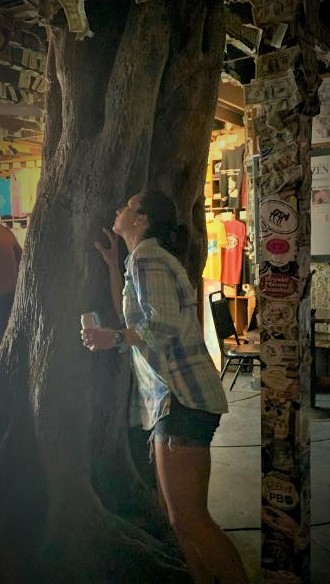
Key West is well known for citizens as colorful as the landscape. Literati, such as Ernest Hemingway, Tennessee Williams, Shel Silverstein, Judy Blume, and others, found inspiration on the island and solidified the city’s place in the hearts of would-be writers everywhere. In fact, Southern Living described Key West as having more writers per capita than any other U.S. city.
Captain Tony’s Saloon, formerly the original Sloppy Joe’s, notoriously hosted Hemingway, Silverstein, and Jimmy Buffet among its notable patrons. A cache of defaced dollar bills holds the structure together, while this tree specimen anchoring the bar invites drunk literati fans, like the moron pictured here, to imbibe a few brews. And possibly spot squirrels – a key feature for the said moron’s husband (a native of Ville Platte, LA – squirrel capital of the World).

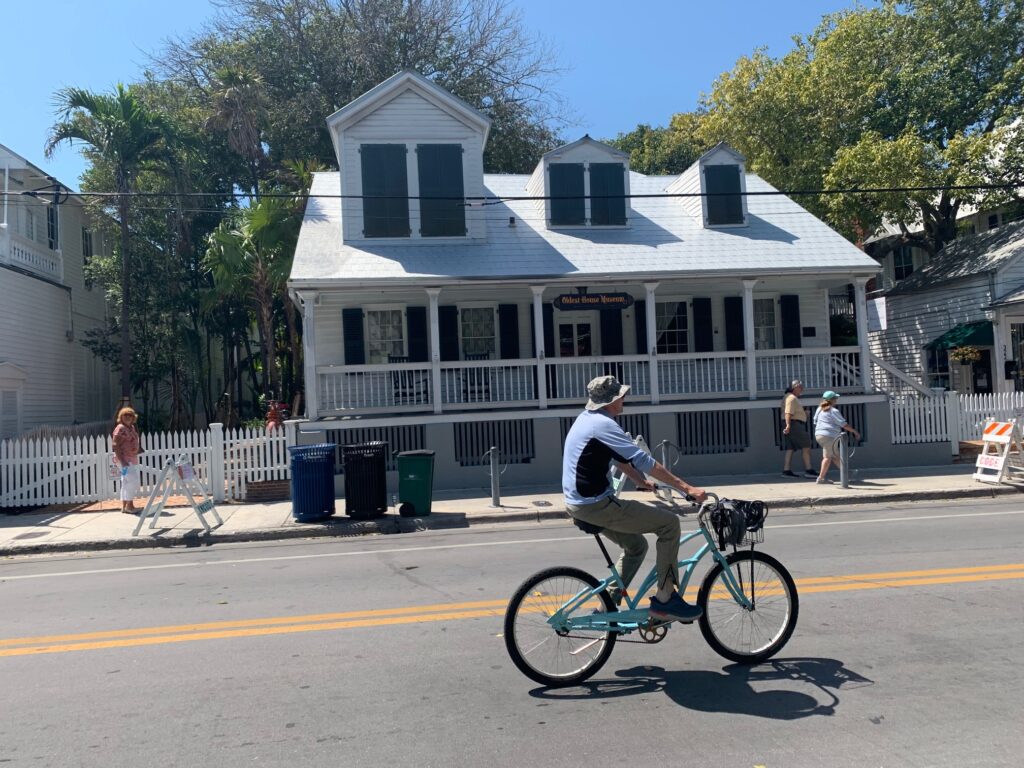
The Oldest House Museum, on Duval Street, is housed in the…wait for it…oldest house in Key West (c. 1829). Its simple architecture and construction of sturdy native materials are illustrative of many such houses on the island, though many are strikingly more colorful.
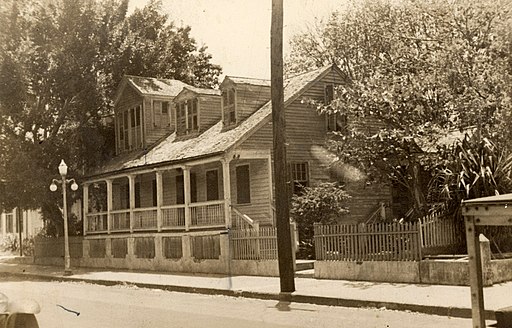
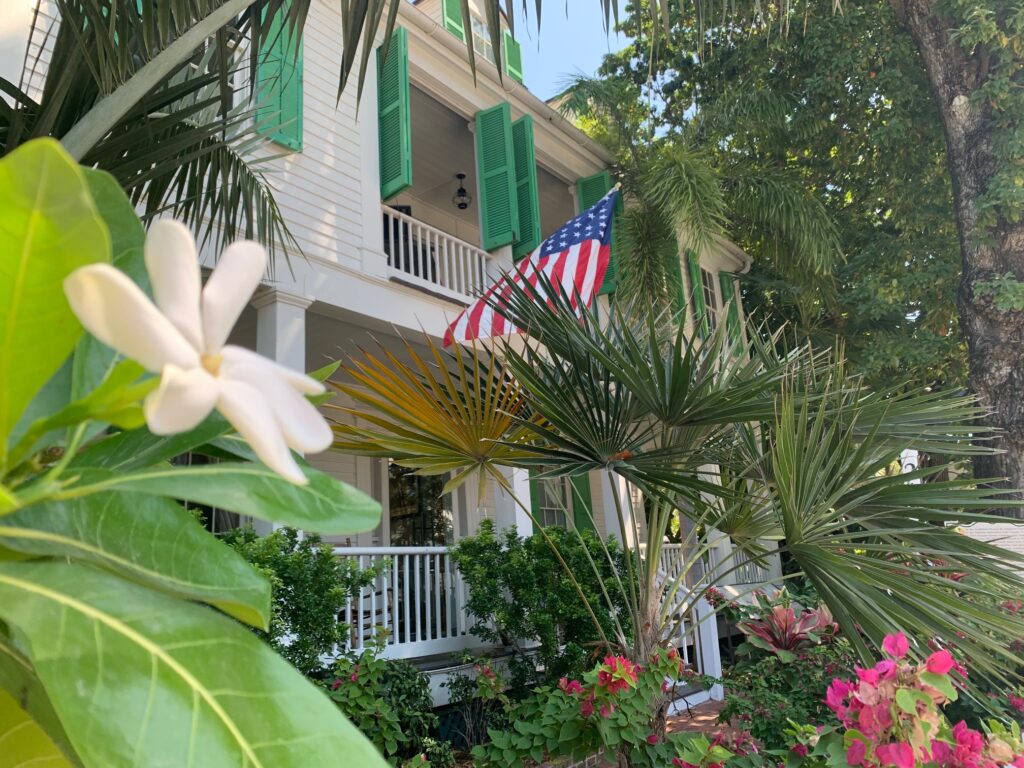
Reading The Woman at the Light consumed the flight home. Having experienced the “place” of Key West, I felt primed to evaluate the book’s Place-Ment value. Could it capture the island city’s laid-back, yet vibrant, coastal vibe shrouded in more than an hint of mystery?
I love a good book about treasure hunting (or salvaging as it was described in this novel) as much as I love a badass female main character. The Woman at the Light seemed to be a perfect fit. The novel unfolds over the lifetime of Emily, a New Orleans belle who would ultimately marry two very different men but only find true love in a forbidden affair with a runaway slave.
I could fault the novel for its overly idealistic outcomes (e.g. predictable rags to riches plot lines) and disappointing differences between the works of the literati that made Key West famous. But, again, this is not that kind of book review. As a novel of place, The Woman at the Light offered an interesting glimpse into Key West’s history as a place shaped by the men (for better and worse) who made their livings from ships floundering among the reefs and cays and the women who attempted to intervene with the lighthouses they kept burning. I enjoyed reading about the island’s early history and social development of the city, vestiges of which I found on my visit. Although, I would like to have seen a more tangible connection with the island’s quirky personality that has developed over the last century.
Overall, The Woman at the Light reflected (pun intended) Key West’s history as an important southern coastal gateway with its share of scallywags and tropical belles. Its predictability and simplistic outcomes overshadowed what could have been a better connection with the nuanced Key West that has attracted writers for decades. Nonetheless, I don’t regret the purchase if for no reason other than my visit to Key West Island Books. I guess I’ll just have to go back for another recommendation. And another beer/squirrel hunt. Darn.

The Woman at the Light
By Joanna Brady
Place-Ment Value: 7
